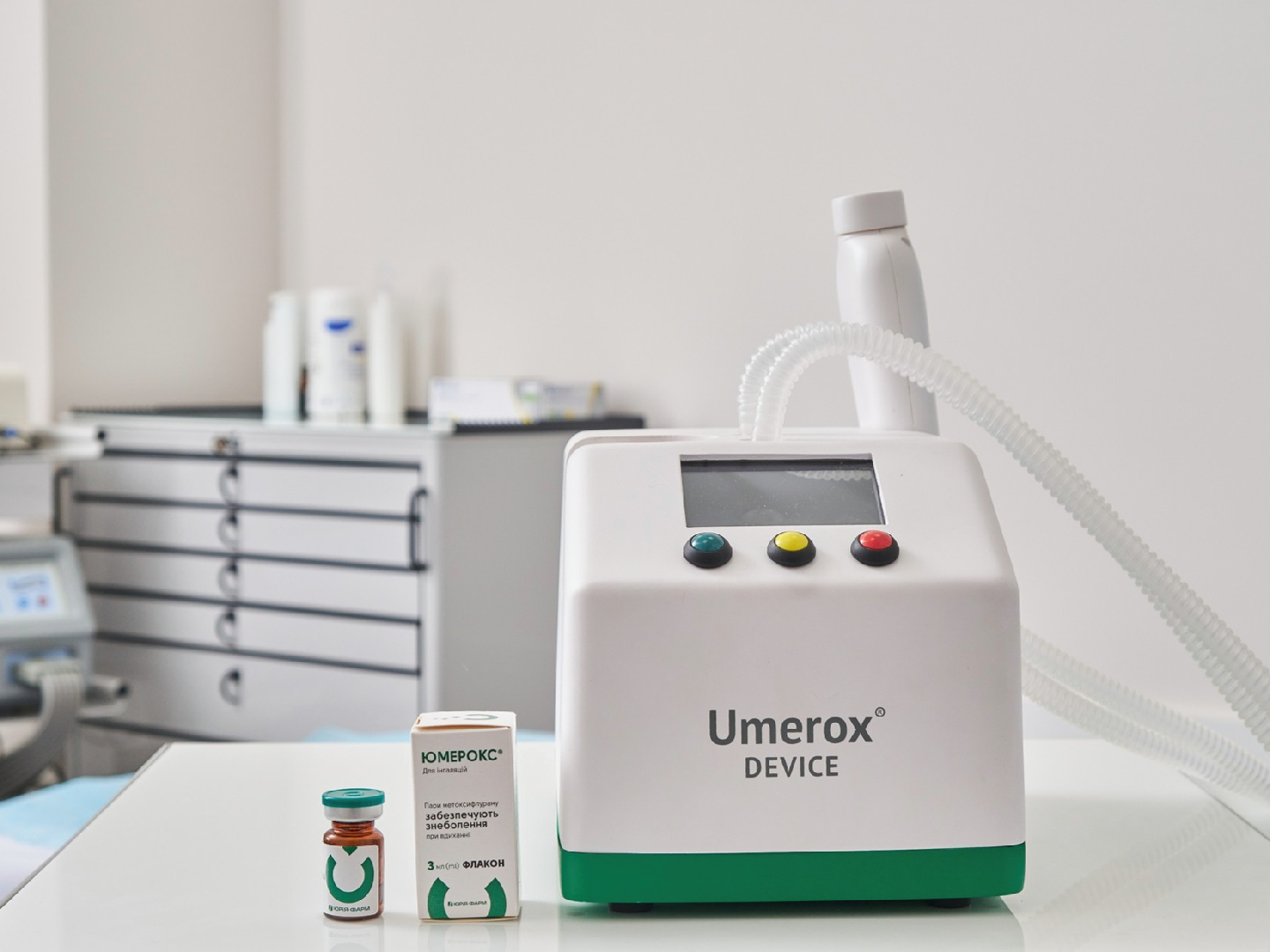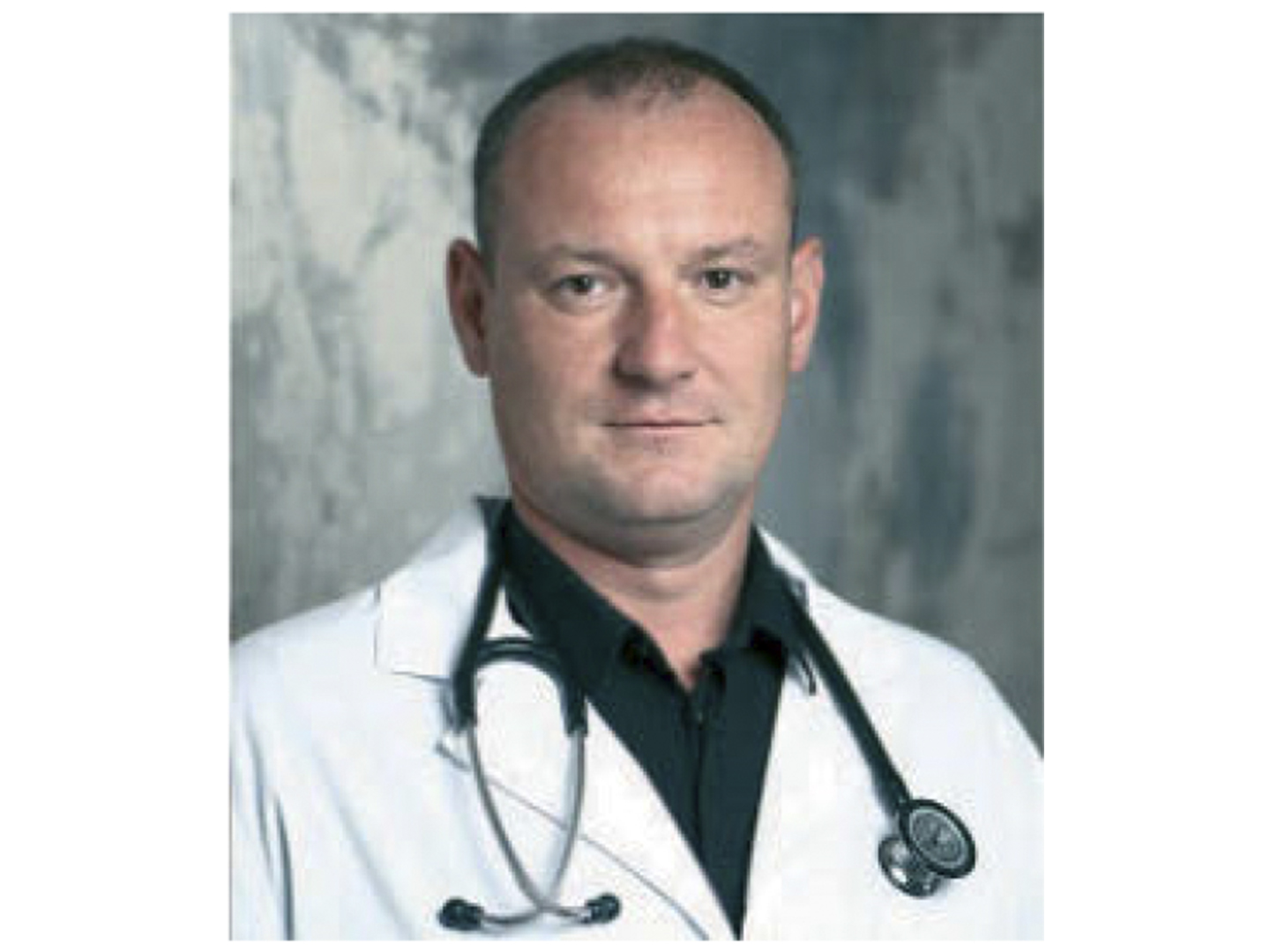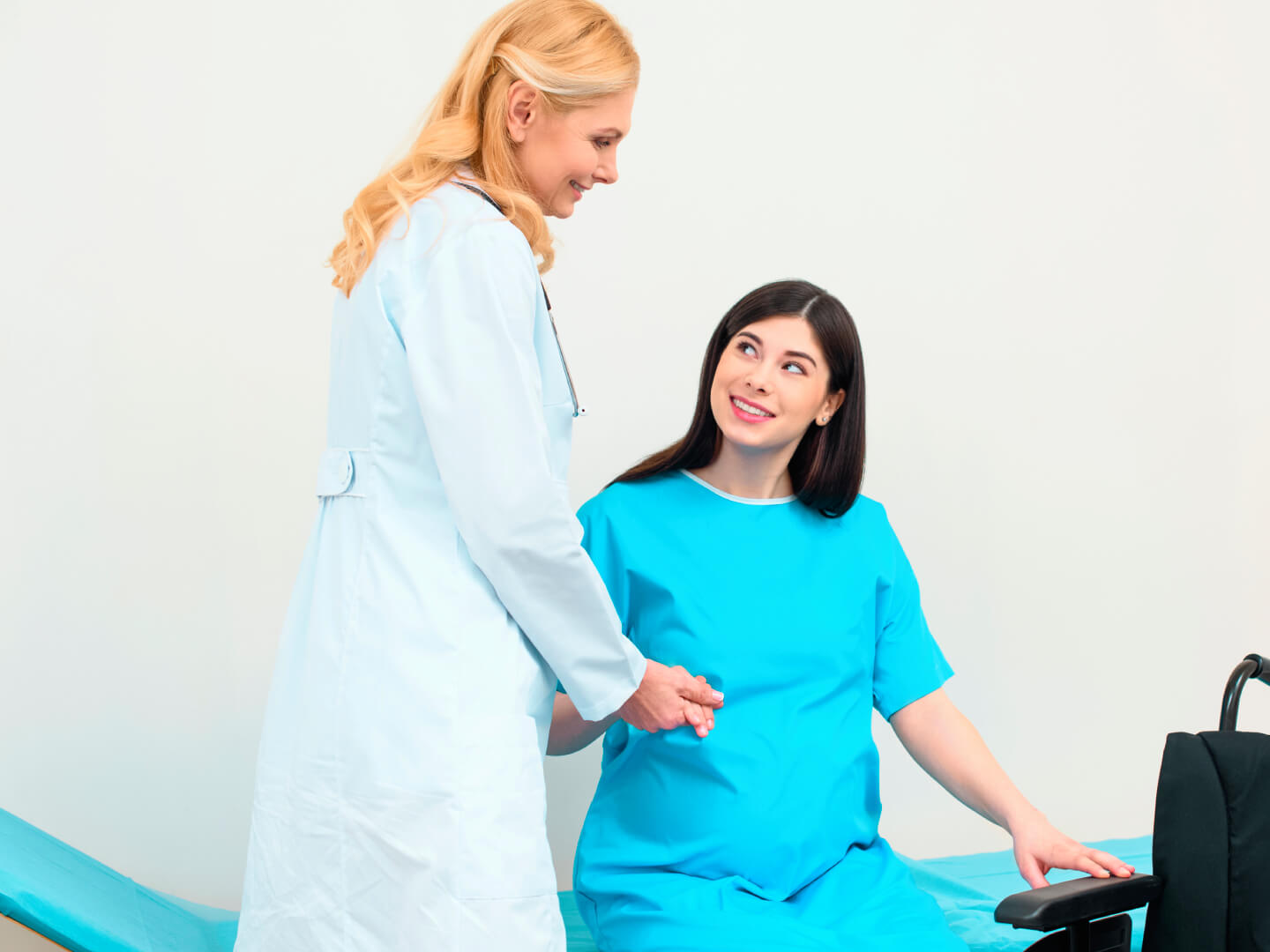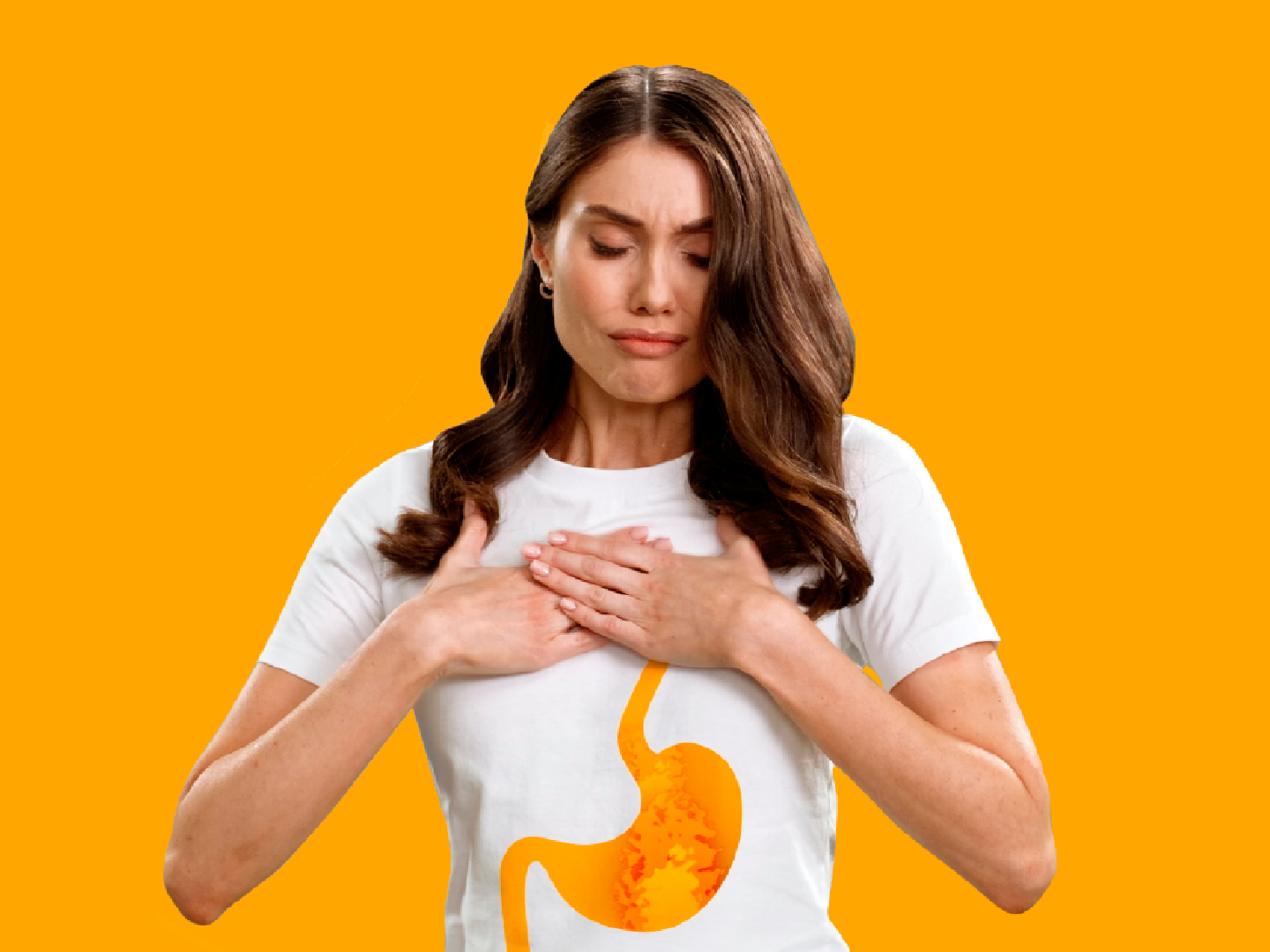L-arginine from the viewpoint of evidence-based medicine
Amino acid L-arginine is a substrate for nitric oxide synthesis.
Arginine is a conditionally essential amino acid, first isolated in 1886 by E. Schulze and E. Steiger; its structure was determined by E. Schulze and E. Winterstein in 1897. The average daily consumption of L-arginine is 5.4 g. The physiological requirements of tissues and organs in most mammals of arginine are met by its endogenous synthesis and/or dietary intake; however, in the young and in adults in stress or disease this amino acid becomes essential. Arginine is an important precursor for the synthesis of proteins and many biologically active molecules, such as ornithine, proline, polyamines, creatine and agmatine However, the main function of arginine in human body is to be a substrate for the synthesis of nitric oxide (NO) (Visek W.J., 1986; Wu G., Morris S.M. Jr., 1998; Böger R.H., 2007).
Dietary L-arginine is absorbed in the small intestine with subsequent transport to the liver, where most of it is utilised in the ornithine cycle. The fraction of L-arginine not metabolised in the liver is used as a substrate for NO production. The main source of endogenous arginine in the body is protein metabolism; however, the endogenous synthesis of arginine does not play an important role in the regulation of homoeostasis in healthy adults (Wu G., Morris S.M. Jr., 1998; Böger R.H., 2007).
Under physiological conditions, the synthesis of NO from L-arginine occurs with the NO-synthase enzymes (NO-synthase — NOS), L-citrulline being the second product of the reaction. NOS is the only currently known enzyme to execute the above process with 5 cofactors / prosthetic groups simultaneously (flavin adenine dinucleotide, flavin mononucleotide, heme, tetrahydrobiopterin and calcium / calmodulin), being, therefore, one of the most regulated enzymes in the nature (Bryan N.S. et al., 2009).
There are several isoforms of NOS, named for the type of cells, wherein they were first isolated: neuronal (nNOS, NOS I), endothelial (eNOS, NOS III) and macrophagal (iNOS, NOS II). Both eNOS and nNOS are constantly present in the relevant cells, that is, their expression is constitutional.
In the cardiovascular system, eNOS is mainly produced in the endothelial cells, its production being supported by biochemical stimuli such as acetylcholine and bradykinin, as well as by stimulation of mechanoreceptors by shear stress1. ENOS activity directly correlates with the concentration of intracellular calcium. еNOS plays a leading role in the maintenance of constant baseline levels of NO, which is associated with implementation of local endothelial cytoprotection and maintenance of vascular homoeostasis, and with physiological regulation of blood pressure (BP). In addition, eNOS was also found in other cells and tissues, such as cardiomyocytes, erythrocytes, megakaryocytes and platelets (Gurevich M.A., Sturov N.V., 2006; Böger R.H., 2007; Gkaliagkousi E. et al., 2007).
Within the vascular network, iNOS is present not only in macrophages, but also in lymphocytes, endothelial cells, smooth muscle cells or fibroblasts, being activated under the influence of bacterial endotoxins and inflammatory cytokines (such as tumour necrosis factor-alpha and interleukin). The activation of iNOS is calcium-independent, causing NO synthesis at high concentrations (up to 1000 times higher compared to еNOS). In turn, nNOS synthesises physiological amounts of NO mainly as a transmitter in the brain and in the peripheral nervous system, for example, in the non-adrenergic non-cholinergic autonomic nerve fibres. Currently there is evidence of constitutive iNOS expression in certain tissues, as well as the evidence of inducible forms of eNOS and nNOS (Böger R.H., 2007; Bryan N.S. et al., 2009; Lubos E. et al., 2009).
1 Shear stress is the force of blood flow, which is directed tangentially to the endothelial surface of the blood vessel (Paszkowiak J.J., Dardik А., 2003).






